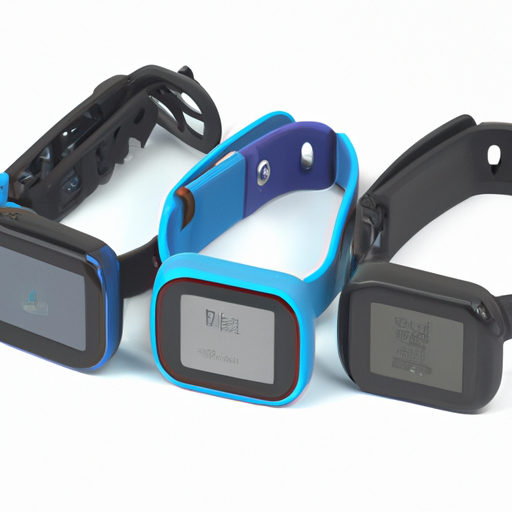In recent years, wearable health monitors have surged in popularity, changing the way individuals manage their health and wellness. These devices, which include fitness trackers, smartwatches, and other wearable technology, empower users to monitor vital signs, fitness levels, and overall health metrics in real-time. With the integration of advanced technology, wearable devices are not just trendy accessories; they have become essential tools for health management.
What Are Wearable Health Monitors?
Wearable health monitors are electronic devices that can be worn on the body. They track various health metrics such as heart rate, calories burned, steps taken, sleep quality, and even blood oxygen levels. Popular examples include:
- Fitness Trackers: Devices like Fitbit and Garmin that focus on physical activity.
- Smartwatches: Apple Watch and Samsung Galaxy Watch that offer health monitoring alongside smartphone features.
- Health Bands: Products like the Misfit Ray that track basic health metrics without additional functionalities.
Benefits of Wearable Health Monitors
The benefits of using wearable technology for health monitoring are substantial:
- Real-Time Data: Continuous monitoring allows users to track their health metrics instantly and take action when necessary.
- Goal Setting: Many devices enable users to set health goals and provide motivation to reach personal milestones.
- Health Insights: Users gain insights into their overall health trends, helping them make informed lifestyle decisions.
- Early Detection: Certain devices can alert users to irregularities in health metrics, prompting early consultation with healthcare providers.
Applications in Healthcare
Wearable health monitors are also gaining traction in the healthcare sector. They are used for clinical trials, remote patient monitoring, and chronic disease management. By providing doctors with real-time data, these devices help improve patient outcomes and streamline treatment plans.
Choosing the Right Wearable Health Monitor
When selecting a wearable health monitor, consider the following factors:
- Functionality: Determine which health metrics you want to track.
- Battery Life: Choose a device that can last through your daily activities.
- App Compatibility: Ensure the device pairs effectively with mobile apps to analyze your data.
- Comfort and Style: Opt for a wearable you enjoy wearing regularly.
Conclusion
The emergence of wearable health monitors represents a significant shift towards proactive personal health management. As technology advances, these devices will likely become even more integral to our health routines, helping us live healthier, more informed lives. Whether you’re a fitness enthusiast or simply looking to monitor your health, the right wearable can make a considerable difference.
Stay ahead of the curve and start your journey towards better health management with wearable technology today!




